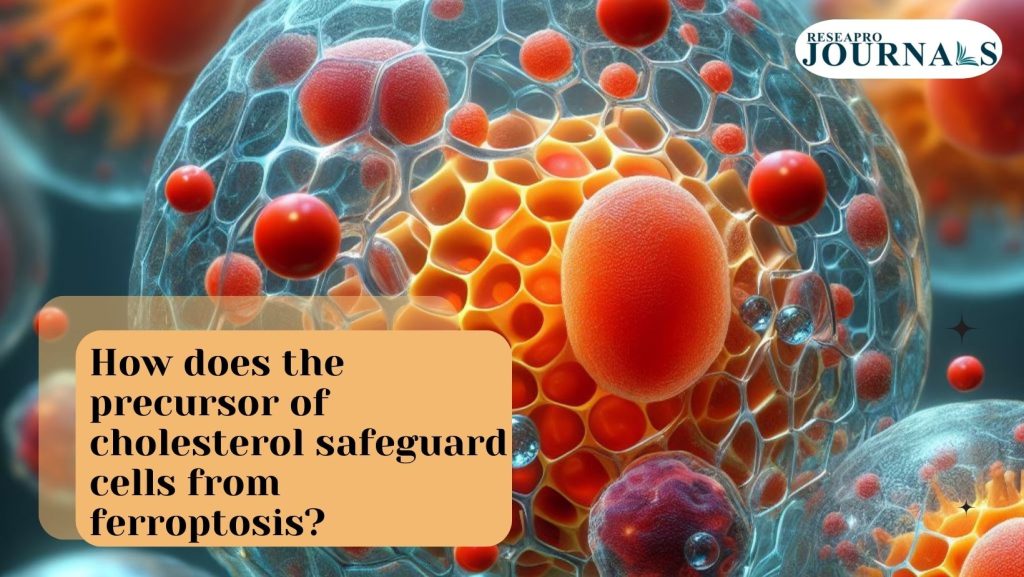
The precursor of cholesterol, lanosterol, protects cells from ferroptosis by inhibiting lipid peroxidation. Ferroptosis is a form of regulated cell death characterized by the iron-dependent accumulation of lipid hydroperoxides. Lanosterol intervenes in this process by reducing the levels of free iron and suppressing lipid peroxidation, preventing the lethal buildup of reactive oxygen species. This protective mechanism helps maintain cellular membrane integrity and overall cell viability. Understanding the role of lanosterol in mitigating ferroptosis provides insights into potential therapeutic strategies for conditions associated with oxidative stress and lipid peroxidation, contributing to advancements in cell biology and disease treatment. (https://ephoca.com)

